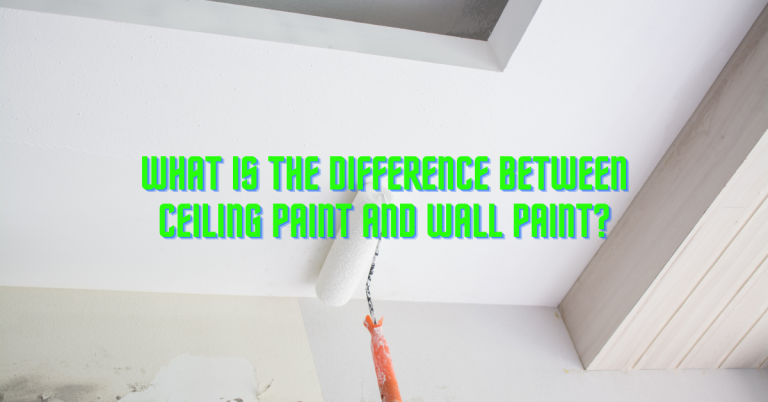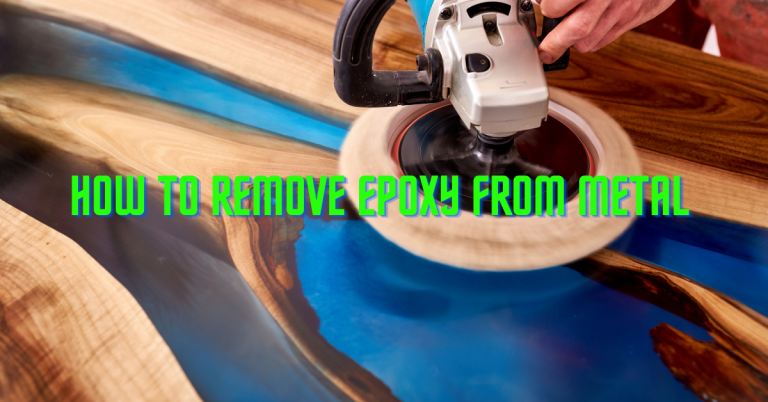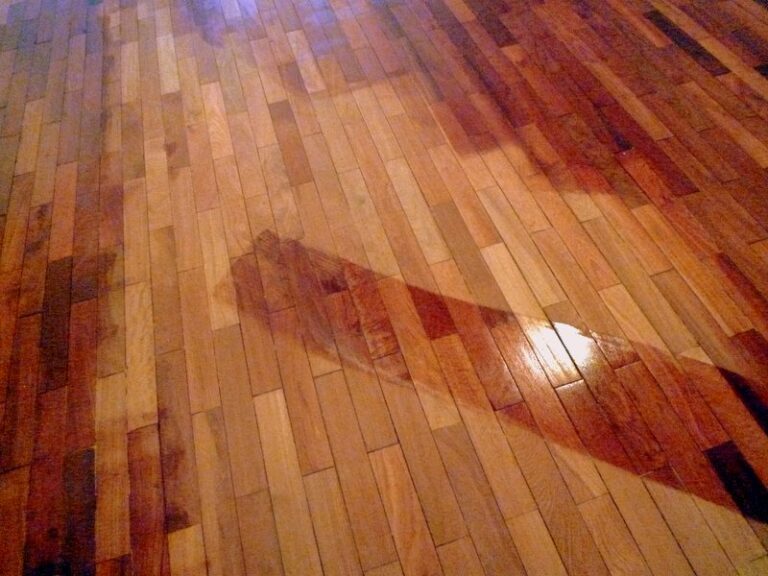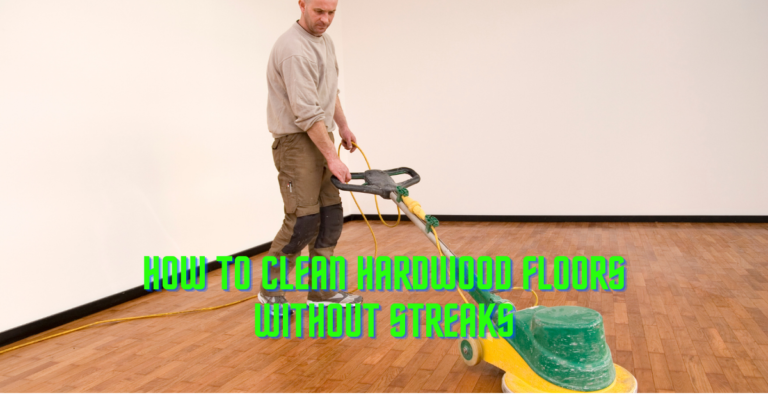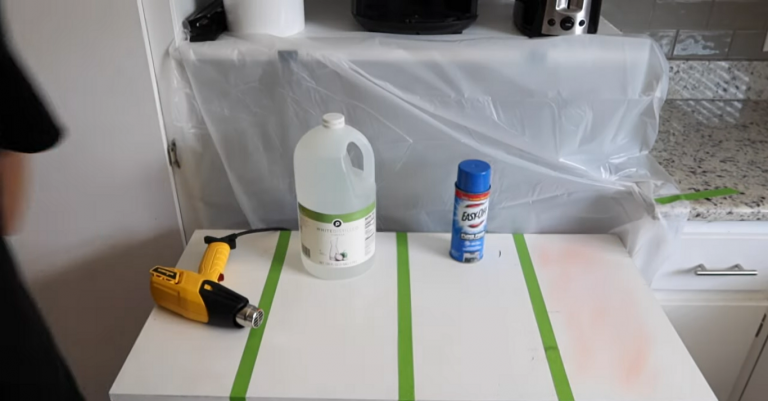Home Remedies To Remove Paint From Wood (A DIY Approach)
You’d agree with me that something almost everyone (If not all), loves to do is to redecorate and renew our houses. The feeling that comes with having your furniture a new coat is on another level, trust me.
Having a wall painted in a different color or maybe you just intend to refresh an old and deteriorated paint, can actually bring new life to any room the home remedies to remove paint from wood will guide you
However, in a bid to do this, before anything at all, there’s a need to first get rid of the previous paint. Or probably there’s a minor mistake you need to act on, like staining tools, floors, and clothes. Whatever the case, we must ensure we use good paint removal to get the job done.
There are several commercial brands on market today, and while some of them are unnecessarily expensive, others are made up of dangerous chemicals that can be harmful to the health.
But not to worry, there is an alternative to such store-bought options. We have homemade or DIY paint removers. So in this article, we will look into some of these home remedies to remove paint from wood.
Although these home remedies can be just as effective, and far less harmful than those alternatives you can purchase, they also come with their own disadvantages. However, these are how they work and what you can expect. So without any delay, let’s get started.
Also Read: Top 5 best sealer for outdoor wood furniture

All at a Glance
Vinegar
Vinegar is one of the all-around household items that is not only used for cooking but also for cleaning. Another great use of vinegar is removing paint that might have been left behind on windows or mirrors after you’ve finished renovating a space. Vinegar is
also incredibly easy to prepare and can be gotten from the supermarket. It is relatively cheaper and safer to use than chemical products.
So for this method, all you need to do is to boil a cup of vinegar. Once heated, using a brush or sponge, you apply it to the surface you want to work on while you allow it to sit for 15 minutes thereabout before observing whether or not the paint has softened.
Once you’re sure it is softened, you can now go ahead to scrape the paint off. As I mentioned earlier, although these home remedies may be cost-effective and come with their own several benefits, they also have their different disadvantages.
For the likes of vinegar, it can be more time-consuming as compared to other methods. And also, if you’re the type that can’t stand the smell of vinegar, then I tell you, it may not be an option for you at all. This method is particularly great for small paint stains on wood.
However, it is important to note that before applying the vinegar onto the entire surface, it’s a wise thing to first test on a small inconspicuous area. This is because vinegar is acidic and due to that reason, it can corrode wood and cause damage to your item.
So you really want to play safe. If it doesn’t work with the first attempt, just repeat the process two or three more times.
Sodium Bicarbonate and Water.
Another DIY method to remove paint from wood is by using sodium bicarbonate. Sodium bicarbonate is also known as baking soda and is an excellent substitute for expensive paint removers.
Similar to vinegar, baking soda is another versatile household item. It can be used for cooking, baking as well as cleaning.
In this method, you get a pot, make sure it isn’t one that is used for cooking and boil some water in it. Then, add about a half cup of baking soda while you apply it to the painted wood and allow to sit properly for 15 minutes. Once you’re sure the paint is soft, you can start scraping or brushing.
While this method seems very affordable, baking soda can be harsh on wooden items. So this is not a recommended option for removing paint off the hardwood. Although it may get rid of the paint effectively, but there is also a high risk of it damaging the wood.
Moreover, you shouldn’t ever forget to try on an inconspicuous area to know the outcome before applying to the entire surface.
Sodium hydroxide
Sodium hydroxide, also known as lye, has long been used as a kind of paint remover. In fact, don’t be surprised it might be one of the oldest alternatives utilized for stubborn paint stains and even glue.
Meanwhile, you really want to be careful while making use of lye as it is capable of causing severe skin burns. So in this regard, make sure you put on your hand gloves while handling them and avoid working with them indoors. How it works:
Get a container and pour about two gallons of cold water into it. Add a cup of sodium hydroxide and a cup of corn starch into the container. Ensure it is properly mixed, preferably with a stick or a long wooden spoon.
You can now apply this mixture straight away on your desired surface and allow it about 5-10 minutes to rest on the surface. Thereafter, you scrape the paint off using a metal scraper or knife while you clean it up with some water or a mix of water and vinegar.
Sodium borate, washing soda and ammonia.
This is said to be another major solution to removing paint off larger surfaces such as floors, walls and wood. Sodium borate also referred to as borax, is commonly utilized to clean different appliances around the house. These
chemicals can be quite dangerous when mixed together so you want to ensure they are prepared outdoors with adequate protective gear.
So to get this preparation, firstly mix equal parts of the three ingredients and add about eight cups of cold water. Be sure to mix thoroughly until it’s all dissolved.
Once dissolved, using a paintbrush, apply a coat to whatever surface you need to remove paint from as if you were applying color. Thereafter you let it rest for a while, say at least 30 minutes or an hour before scraping the paint.
And to completely strip off the paint, use a ball of steel wool and rub it against the area, while you eventually wash it off with warm water.

Using commercial products and tools for paint removal.
There are several paint removal tools and products that can be easily gotten from hardware stores.
Most of these paint removal products are often made of chemicals, so you really want to be extra careful when handling them. Be careful when using tools as well and put on protective gear always.
Sanding
This is one of the easy ways to remove paint from wooden surfaces and items. Manually, you can strip off paint using items such as sandpapers, wire wools or steel wools.
You can start with coarse 80- grit sandpaper. You can easily get all of these at hardware stores. And perhaps you prefer using tools, you can opt for electric sanders.
However, before anything else, be sure you know how to properly handle the equipment in order to avoid damaging your items. Using electric tools would actually make the job easier as compared to manual sanding, just that it will cost you more money.
Sanding tends to work well on stubborn paints but ensure you apply the right amount of pressure whether or not you’re doing this manually. Sanding can also be quite messy and time-consuming yet you want to work slowly and steadily for the best outcome.
Lastly, ensure safety precautions, from wearing a mask to using protective gloves and eyewear when sanding.
Paint strippers or removers.
They are also known as chemical strippers and can be in the form of liquids, gels, or pastes. Since these are specifically designed to remove paint, they actually work more effectively than home remedies.
Caustic-based and solvent-based are the common types of paint strippers and they are used this:
A layer of the substance is applied to the wood and allowed to settle for a few minutes. The chemical tends to go deep into the paint with the active ingredients dissolving it. By then the paint will appear soft and can be easily scraped off.
This method is best effective when trying to get rid of old paint. However, while this method may be better than sanding, you might still need to apply several layers for the best result. Also, when using paint removers, always remember to practice safety.
Read the product instructions, and labels and wear protective gear such as goggles and gloves. These chemicals may also contain strong odor, so it is best to work in a well-ventilated area for safety.
Conclusion: Home Remedies To Remove Paint From Wood
There are several home remedies that can be used to remove paint off wood surfaces. All of these methods are such that anyone can attempt on their own and come out with a positive outcome.
However, these options although effective can be quite harmful to your wood. So always remember to test any method on a minimal spot before engaging the rest of the surface. And also, apply as often as necessary until you’re sure the whole paint has completely varnished.
Important Reads:


